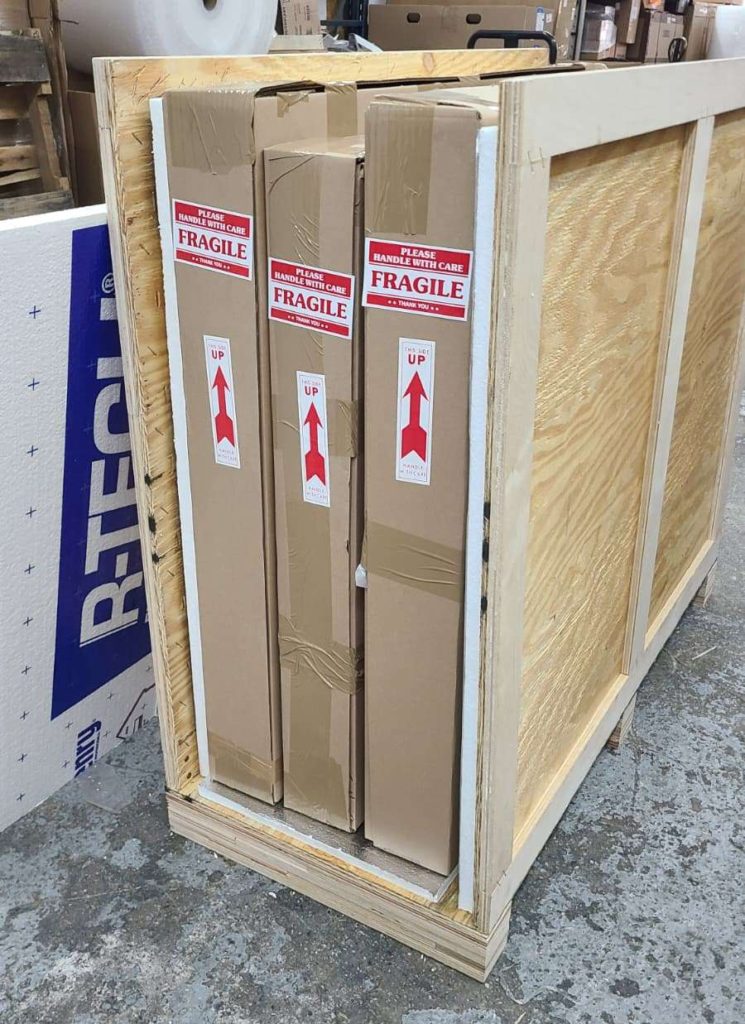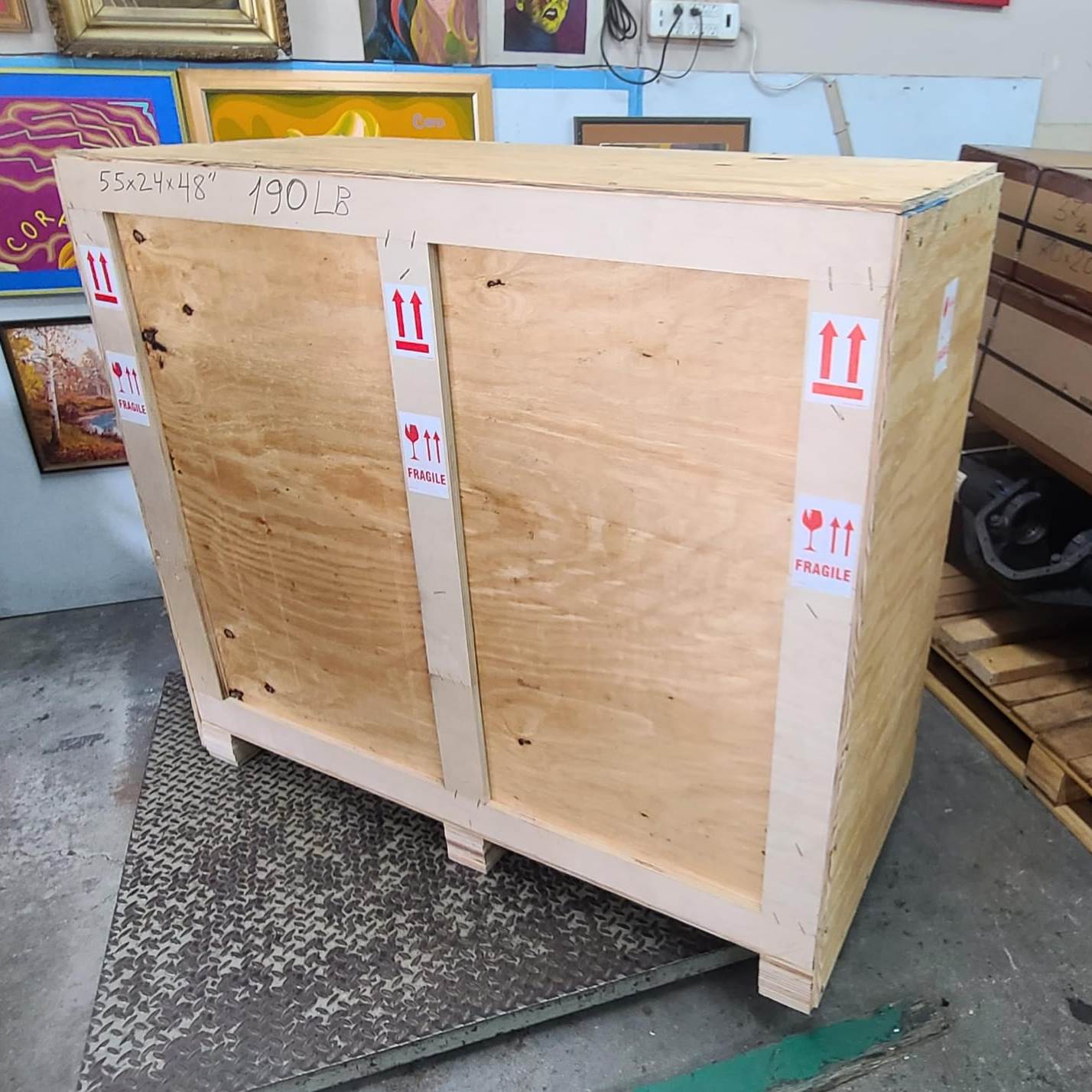Shipping fragile or high-value art, especially overseas, is impossible without a sturdy crate. Such art objects are extremely vulnerable to moisture, temperature fluctuations, vibration, and careless handling, so custom crating is highly recommended for their safe transportation. With so many tips on building or choosing art crates for shipping available online, how can a quality-conscious art owner come up with the best crating approach? Here is a quick guide combining artist and art freight provider insights in a comprehensive crating blueprint.
How to Build and Use Art Crates for Shipping Properly?
To protect valuable artwork in transit, every art owner should employ the best crating practices discussed below. These tips are tried and tested by industry practitioners.
Moisture and Surface Protection Are Key
Before an art object is placed into a crate, it should be properly wrapped in acid-free materials for protection against smudges or accidental surface sticking. Clear art plastic sheeting should also be added to create a solid moisture barrier and guarantee full safety from humidity or spills in transit.
 Edge and Corner Protection
Edge and Corner Protection
Corners and edges are some of the most vulnerable parts of a framed artwork, which should be additionally protected with corner protectors before artwork crating. This cushioning method creates a buffer between the art object and the crate’s walls, effectively preventing dents and scrapes.
Choosing the Right Crate Type
Not all crates are the same. For instance, fully enclosed wooden crates represent the highest standard of artwork protection. They are used in the transportation of valuable artworks and those going overseas, while less complex domestic shipping tasks may require T-frames or skeleton crate solutions.
Internal Packing and Cushioning
The crate’s interior should eliminate movement by all means, as the art object’s shifting may lead to scratches and bumps. Art handlers recommend filling the crate’s empty space with cushioning materials, such as bubble wrap or foam, after the art object is placed inside.
Turn to Fine Art Shippers for Secure Art Crating Services
If you need bulletproof art crates for shipping your precious collection, DIY and guesswork won’t do. By turning to Fine Art Shippers, you receive end-to-end art crating services delivered by seasoned professionals. We have a NYC-based crating workshop, where your art objects are properly packed and crated for being transported across the US or internationally. Our art crating process is fully secure and undertaken with your artwork’s integrity and attention to detail in mind. Call us today for details!
